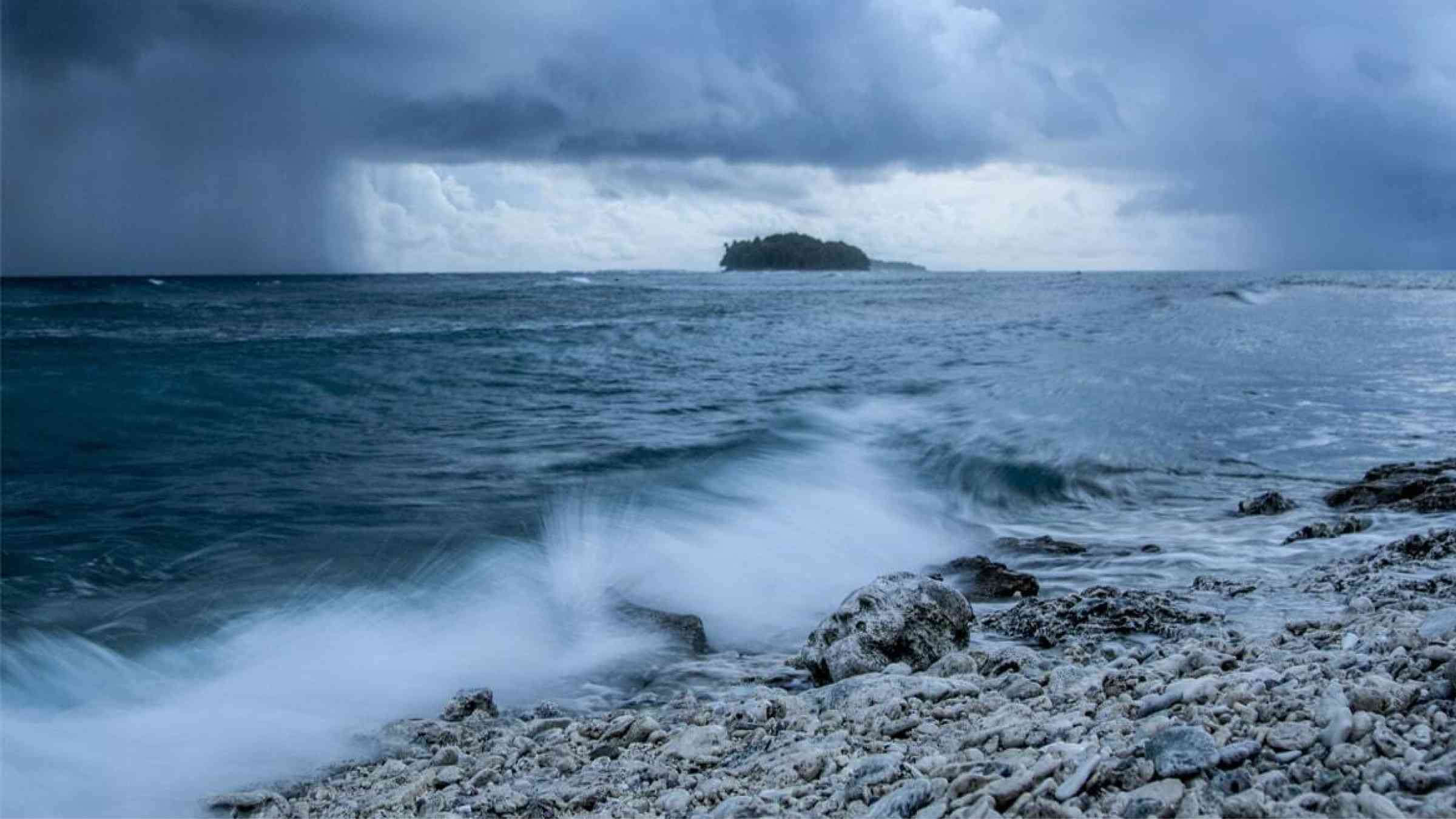Climate change increased heavy precipitation associated with impactful Storm Bettina over Black Sea

In late November, countries bordering the Black Sea including Romania, Bulgaria, Moldova, Ukraine, Türkiye and Russia, witnessed exceptionally high rainfall and snowfall, and hurricane-force winds due to Storm Bettina.
The storm brought extreme snowfall to Moldova, Bulgaria, Romania and Ukraine, and severe rainfall across much of Crimea, eastern Ukraine and Türkiye. Meanwhile, extreme winds of up to 75 mph led to coastal flooding with wind-driven waves battering towns across much of southern Ukraine and Russia. At least 23 people lost their lives while over 2.5 million were affected by power outages, traffic disruptions and other infrastructure failures.
To assess to what extent human-induced climate change altered the likelihood and intensity of the heavy precipitation and high wind speeds that caused these impacts researchers from the World Weather Attribution initiative undertook an attribution study on the event.
The focus on two indicators allows us to differentiate the role of climate change in two important characteristics of the event: the 3-day mean precipitation (Rx3day), and the 3-day mean of maximum wind speed magnitude (WSx3day), averaged over the study region where the majority of impacts was observed, defined as a box of 40-50N, 25-45E (Figure 1) and considering only land areas. To account for the climate of the region, with relatively dry and warm summers and wet winters, we study the annual maxima based on July to June cycles.
Main findings
- Storm Bettina hit the Crimean peninsula in the midst of the active Russia-Ukraine war adding to wide-ranging vulnerabilities across the storm affected areas.
- Storms like Bettina are fairly common in the region at this time of year, which is reflected in the return periods of the event which, in the current climate, are 1 in 3 years for the wind speeds and 1 in 20 years for the associated precipitation (which combines snow and rain).
- Because of human-induced warming, an increasingly larger proportion of precipitation associated with storms like this falls as rain instead of snow, leading to larger flood damages.
- We use observations-based data products and climate models to estimate the role of human-induced climate change in storms like this. The results are very different for rainfall compared to wind speeds.
- For the precipitation as observed during Storm Bettina, we find that the burning of fossil fuels has increased the likelihood of its occurrence by about a factor of 2. The intensity of an event like this has increased by about 5 percent due to human-induced climate change.
- Looking at the future, for a climate 2°C warmer than in preindustrial times, models suggest that rainfall intensity and likelihood will increase further.
- For wind speeds as associated with storm Bettina we find that in observation based products there is a decrease in the likelihood and intensity, while climate models show decreases or increase, leading to no change on average.
- For a climate 2°C warmer than in preindustrial times, climate models show overall a modest further increase in likelihood and intensity of wind speeds as observed in the 2023 Black Sea event.
- These findings suggest that the decrease we see in wind speeds in the observations are not due to climate change but other drivers e.g. natural variability. Given the model results and the scientific literature, the possibility of an increase in strong winds needs to be taken seriously, even if it cannot be attributed to climate change at this time.
- Particularly vulnerable groups, notably elderly people, children, and people with disabilities, are more likely to be severely impacted by extreme weather shocks. In particular here, the armed conflict will have exacerbated situations of vulnerability and exposure notably by limiting the ability of communities to respond and recover after the storm and compounding situations of displacement.
- Disaster response for the storm included flood evacuations, first aid provision, and the set-up of warming points by local governments, Red Cross national societies, and other organisations.